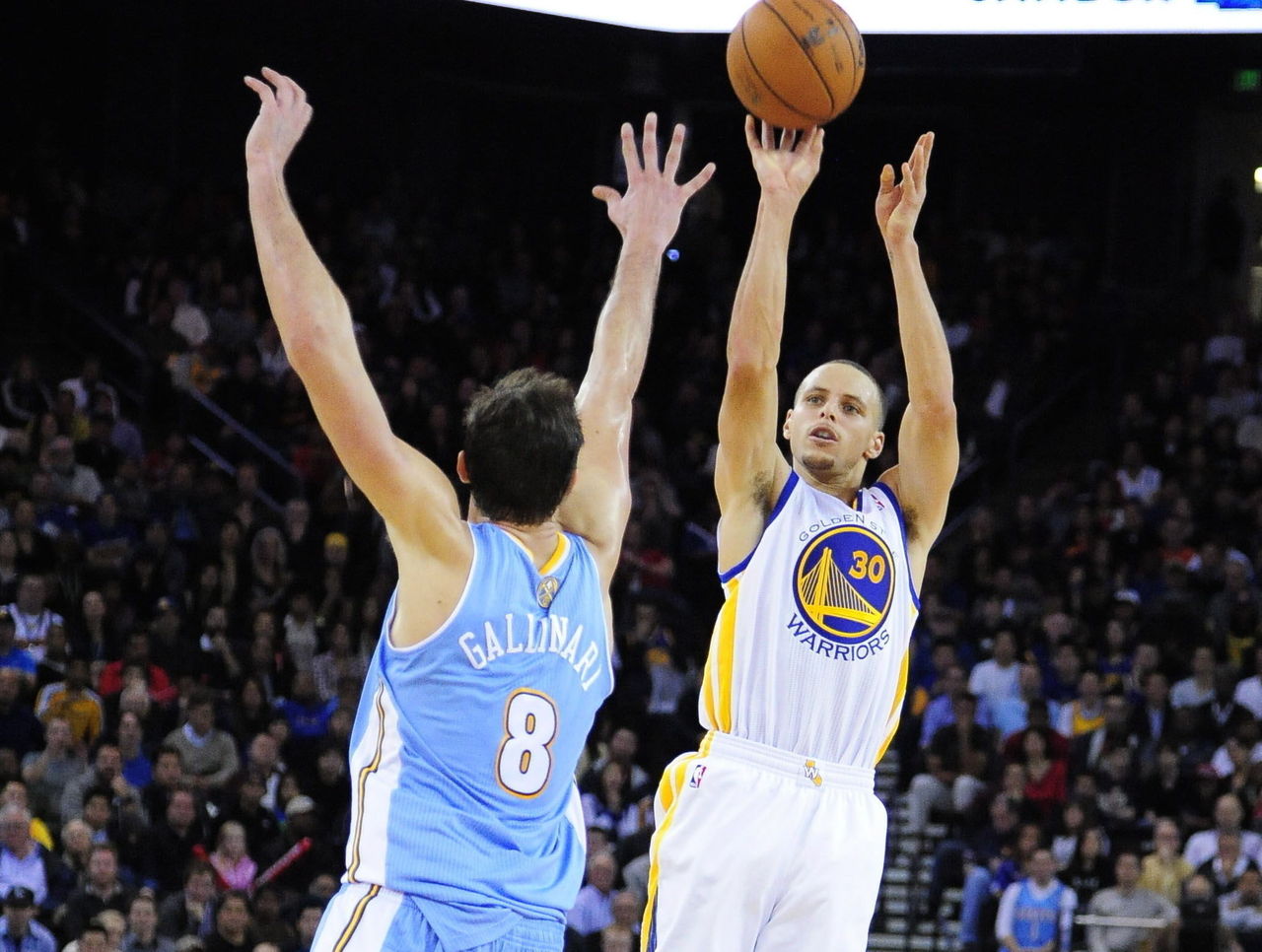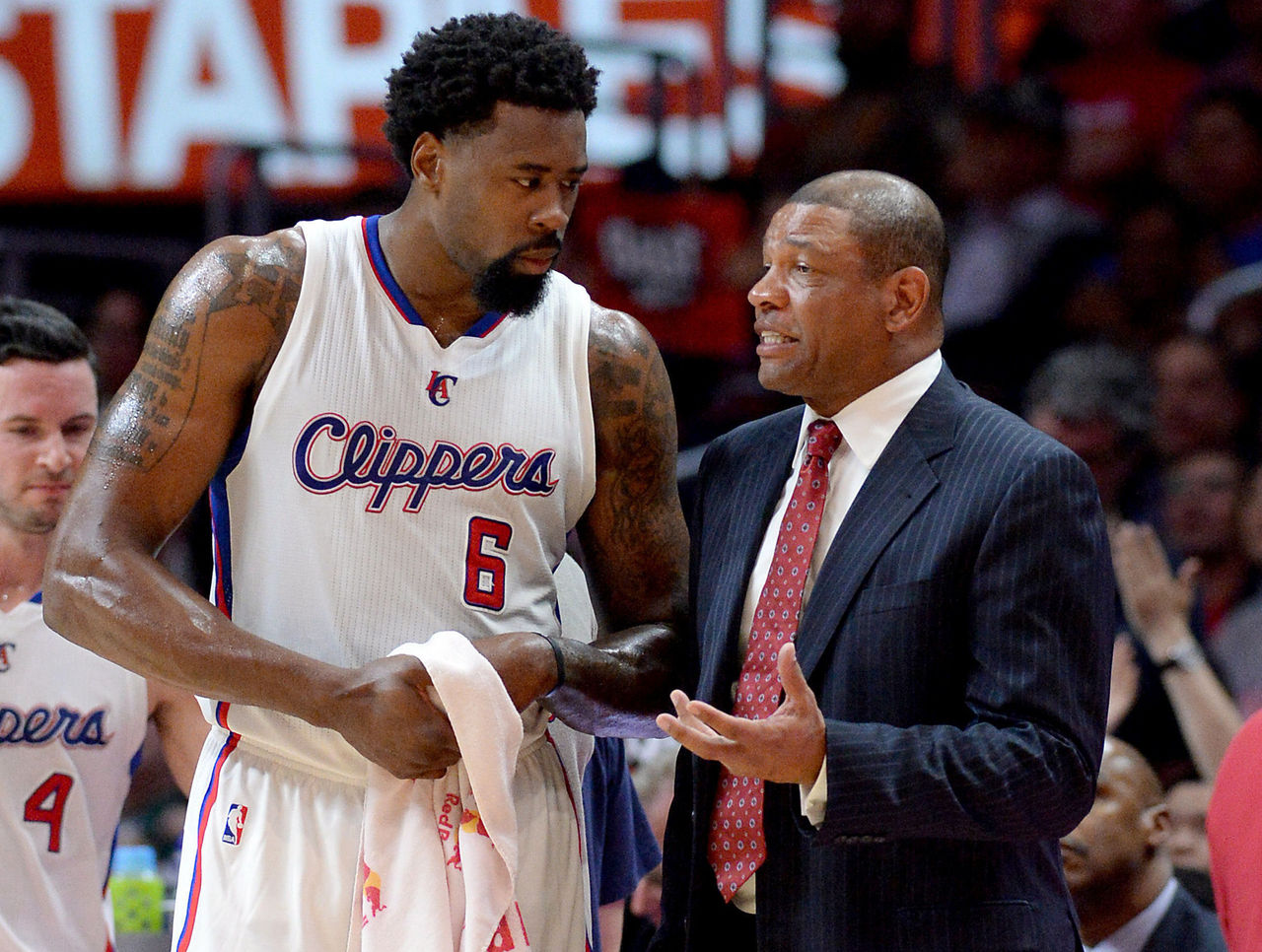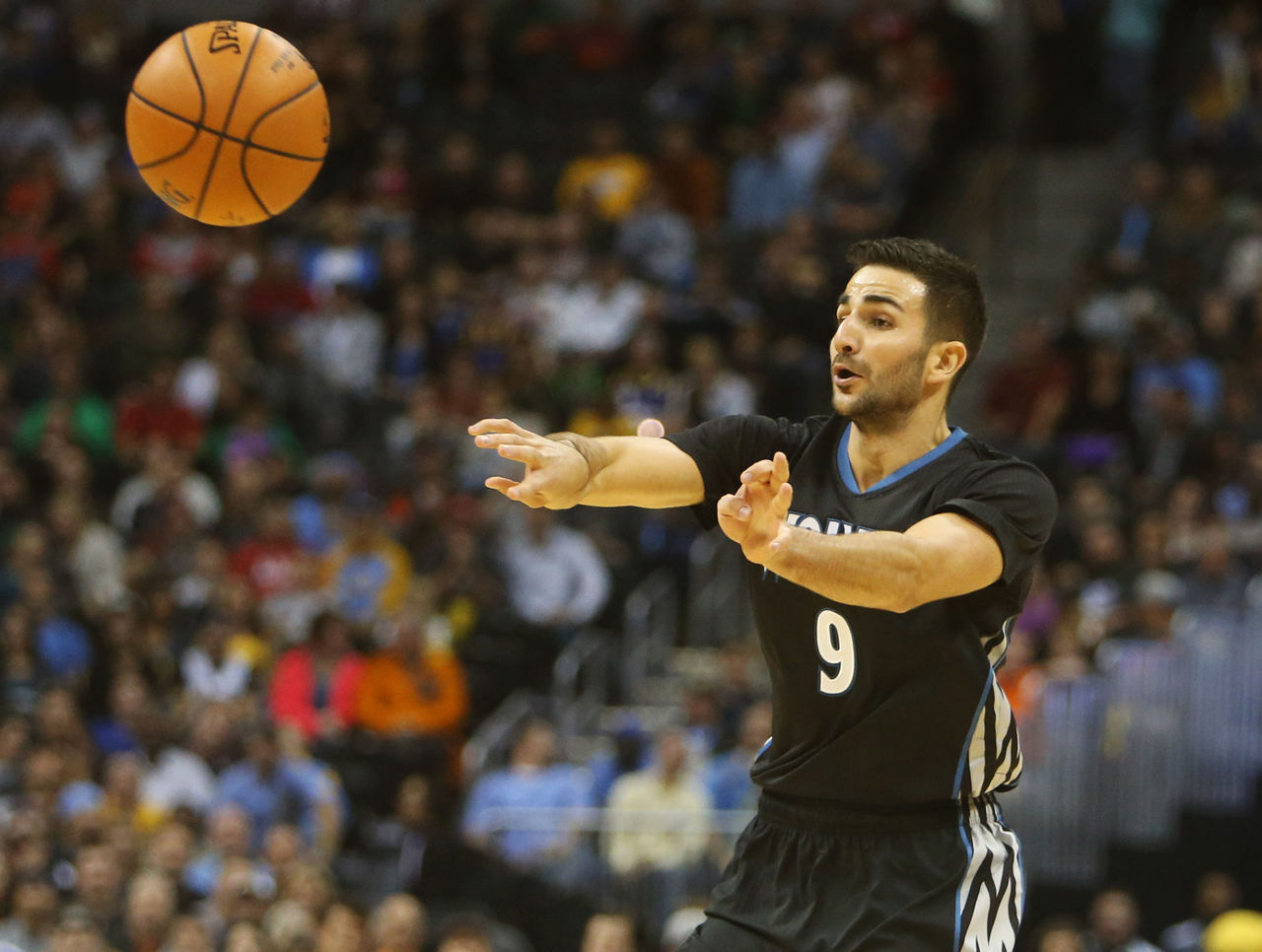Is there a 'puntable' category in fantasy basketball?
In fantasy sports, punting is a strategy which means consciously ignoring or de-emphasizing a scoring category. This can manifest itself as draft day strategy or as an overarching management philosophy. While this sounds counterintuitive, by committing to not investing in a particular area, a fantasy player can further increase his or her strength in another.
In fantasy baseball, a common strategy is to punt stolen bases. The usage of a steal-specialist can be tough to predict and that statistical category doesn't correlate directly with other standard fantasy categories. A player who hits a home run contributes in HRs, runs, runs batted in and batting average; a steals specialist might still be a solid hitter but his hits and his stolen bases are separate, indirectly related events.
How can we apply this type of strategy in fantasy basketball? We can do this by identifying which categories are inter-related. There are two player archetypes that comes to mind.

The Perimeter Scorer
Just as home runs contribute to multiple fantasy categories in fantasy baseball, perimeter shooting can contribute to both 3-point shots made as well as points scored. It also relates to field goal percentage; players that are effective 3-point shooters are generally effective shooters overall.
You could attempt to punt 3-point shooters but the reality is that most of the players in the first two rounds of draft offer some proficiency from outside the arc. It isn't hard to remain competitive in 3-point shots made without sacrificing production in other areas.
If you do decide to punt 3-point shooters, take advantage of your ambivalence toward outside shooting. Target low-volume outside shooters like DeMarcus Cousins, DeMar DeRozan and Blake Griffin towards the beginning of the draft, and don't be afraid to take a shot on rangeless wonders like DeAndre Jordan and Rajon Rondo in the middle rounds.
The Interior Scorer
Similarly, athletic interior big men can contribute in three fantasy categories with a quick, two-part chain of events: the offensive rebound put-back. In a matter of seconds, a player can tally a rebound and take a high-percentage shot - often an automatic play, like a dunk - which help create a big floor in your fantasy team's field goal percentage.
Tangentially, the proximity to the net on both ends of the floor can lead to contributions in two other categories: free-throw percentage when the player is on offense, and blocks on the defensive end.
Not all interior scorers are adept at shot-blocking, and there are certainly some big men that avoid the foul line like yard work in a heat wave (looking at you, DeAndre), but at the very least, seven-foot-tall humans are generally good at rebounding and scoring close to the net.

So What?
Points will always be the most important category in fantasy basketball. Players who can score effectively usually play enough minutes to incidentally tally stats across the other major categories. The style of today's game affords few opportunities for defense-only types. Therefore, most fantasy players exist on a spectrum between perimeter and interior scoring styles.
Without even trying, you'll find contributors in points, rebounds and (passable) FG percentage, with a strong likelihood of production in 3-points shots made and blocks as well. Free-throw percentage can be tricky, especially if you end up with Jordan or Andre Drummond, but their negative value at the charity stripe can be countered later in the draft. That leaves steals and assists.
You can't really punt steals because they aren't predictable. There were 93 players in the NBA that averaged between one and two steals per game in 2015-16. Only four averaged more than 2.0; Stephen Curry led with 2.1 per game. The margin between great and merely average steals-per-game players is so close that anything could happen in the course of a week-long matchup.
Assists are not negligible. The difference between last year's top assists man -- Rajon Rondo (11.7 APG) - and 100th-best assist man -- C.J. Watson (2.7 APG) - is 4.3 times lower production. You're not going to find a 10 APG player in the 10th round as easily as you can find a 10 PPG player.
You can try to piece together competitive assist totals late in the draft with risky options like Tyreke Evans, Elfrid Payton, Deron Williams and Michael Carter-Williams. Those four players each ranked in the top 28 in APG last season, but combined for just 51.5 points per game with spotty shooting percentages, among other below-average fantasy production.

If you miss out on an assists stud at the top of the draft, you're already in a major hole whenever you face a team that didn't miss out. I see the fifth round as the point of no return; that's when Timberwolves PG Ricky Rubio, the last truly great passer, goes off the draft board.
If you don't have a strong base of assists - say, 20 APG combined from your first four draft picks - and you are unable to draft Rubio, your best plan of action is to stop chasing assists altogether. Shore up the back end of your roster with players that offer production in a number of connected areas.
Remember that a weekly matchup is just one battle made up of eight smaller fights. Sometimes you have to be willing to sacrifice a fight to improve your position in the battle. Win enough battles and you might just win the war.